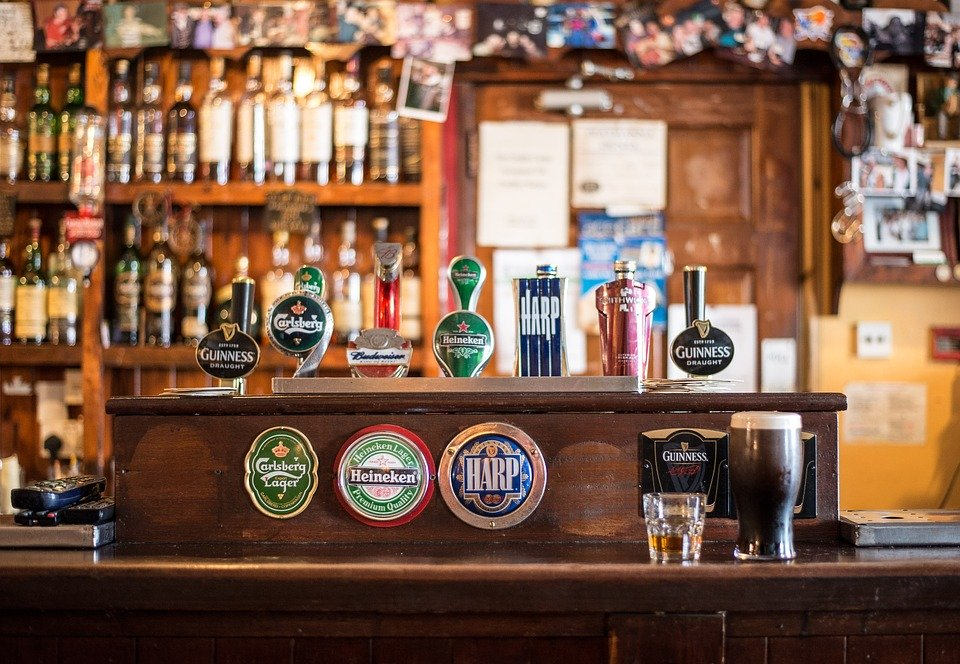New Municipalism, Community Wealth Building – or whatever term you prefer for the wave of public and quasi-public sector bodies attempting to level the economic playing field after a crash that saw them punished severely for the failures of global financial markets – is essentially, a movement borne out of frustration with the monetary system.
Let’s not forget that the 2008 crash was initially tagged the ‘Credit Crunch’ until the scale of it demanded a more catastrophic title. The money-lenders over-extended themselves and those asked to pay the price were the urban, coastal and rural communities that had already been hollowed-out for decades.
The procurement model of wealth building attempts to restrict and delay money reaching shareholders and corporations with no guarantee of it returning to the locality. Municipal ownership denies the money-lenders their cut and redirects profits into public services. The promotion of co-operatives puts surplus in the hands of workers and the local residents. The creation of community banks will prioritise need, not greed. We in the Preston council have been in the forefront of pursuing the model in the UK, and it has been widely celebrated as a success story, with Preston ranked as the “Most Improved City in the UK”.
These are some of the tools that alternative economists are using for systemic change in the absence of a sympathetic government. The day to day battle of convincing consumers and traders to switch to more equitable spending and borrowing practices remains tough however in a market dominated by global chains and a handful of high street banks.
The difficulties of culture change, experienced by practitioners of all these forms of mutualism and co-operation, is perhaps the reason that the concept of mutual credit has not gained more traction. Mutual Credit is a genuine alternative to the traditional banking system for buying and selling goods and services with both customers and suppliers, especially in the digital age.
A mutual credit network is a pool of businesses, traders or individuals that sell or seek goods and services within that internal market. The network issues its own “money” and the members use it to trade with each other. If you sell within the market you gain credit to spend with other members; if you buy, you owe a debt to the market until someone needs your product. Mutual Credit in fact, allows you to trade without conventional money. It solves cash flow problems without seeking a cash injection. Many models do not charge per transaction, so unlike a bank there are no fees, no overdraft charges and no chance your loan application will be turned down.
A membership fee is likely to apply. The structure has to be administrated and governed, but much of it could be automated and there is no reason why it can’t be done equitably like the Open Credit Network; a UK mutual credit co-operative attempting to build a critical mass of members before meaningful trading can begin. In Switzerland, the mutual credit cooperative WIR has been in existence since the great depression of the 1930s and currently has around a quarter of all Swiss businesses as its members. It has been shown to have a stabilising effect on the economy as a whole, with the use of mutual credit increasing during periods of economic crisis. A more local and recent example is Sardex, a mutual credit network in Sardinia (albeit a private sector organisation). It has grown to include over 4000 members (including one of significant size, Tiscali) and a ‘turnover’ of over 40 million Euros last year.
There is an interesting but rather meaningless debate about whether the concept effectively represents a currency. Mutual Credit is more like large scale bartering; the numerical value attached to the goods and services is simply a tool for the transaction, not the raison d’etre, as money has become.
Whether a mutual credit bubble could protect its members from a future economic crash in any way remains to be seen; but it sits very comfortably in the lap of the Community Wealth Building movement with its ability to remove from the equation those that make money from money. Over a decade after the credit crunch, it’s difficult to explain why mutual credit is lagging behind the tortuous attempts to create community banks; but when sector leaders like CLES (Centre for Local Economic Strategies) include mutual credit in post-Covid recovery plans then its time may have finally come.
If you are in the UK, we in the Mutual Interest warmly recommend our readers to join the Open Credit mutual credit cooperative here.
We are free online media cooperative owned democratically by the readers and the writers. Join us now and become a founding member. As a member you can vote for your favourite articles and we will distribute our funds accordingly.





1 comment